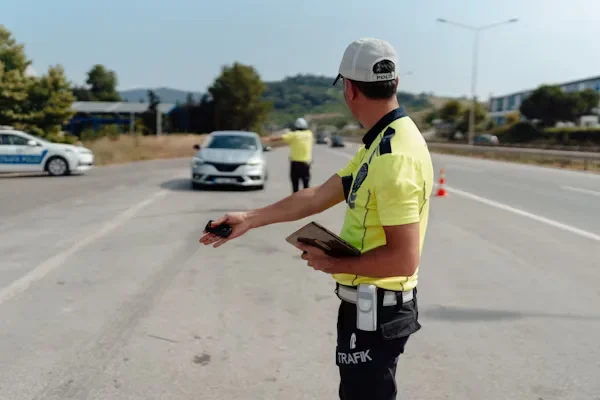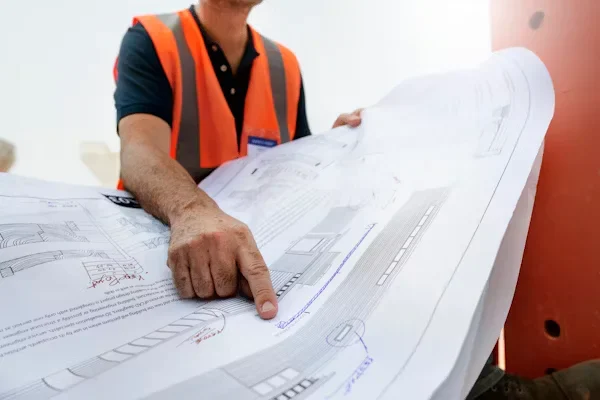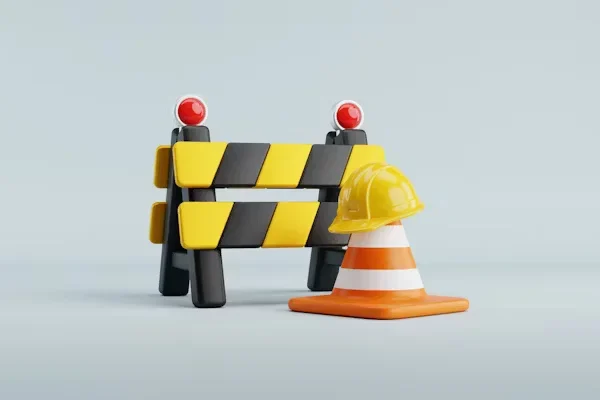Road projects can be tricky, especially when cars and workers all need space simultaneously. Hiring competent staff to manage traffic will enable your project to run more safely and be completed on schedule. This article offers advice on improving your working with traffic management experts, whether you are planning road building or another project that can impede the regular flow of vehicles or pedestrians.
1. Start Planning Early

Though their involvement is vital from the beginning, one of the primary faults in road projects is waiting too long to include the traffic team. To properly plan, traffic professionals must know the size of the work area, the chronology, and the extent of road space that will be impacted. Early involvement helps avoid last-minute changes that can slow the project or create confusion on-site.
2. Choose Experts with Real Experience
Not all traffic teams are the same, so it’s smart to ask about past jobs similar to yours, whether that’s road repairs or event setups. Note that a company with real experience in those areas will better handle what to expect and how to respond when things shift unexpectedly. Teams that have handled complex situations before tend to adjust more quickly on-site and maintain safety without delays.
3. Review Their Traffic Control Plans Carefully

Once the experts share a plan, review it with your team to make sure that everything meets your project’s needs. Check for clear signs, safe detours, easy access for emergency vehicles, and proper pedestrian paths to ensure nothing important is overlooked. If any part of the plan seems unclear, a reliable traffic expert will always be available to explain details and make adjustments as needed.
4. Focus on Safety First
Safety should always be the top priority on any project, and that begins with a solid traffic plan that protects workers, road users, and nearby businesses. According to FHWA work zone safety statistics, over 950 fatalities occurred in U.S. work zones in 2022, highlighting the life-saving role of professional traffic control teams. Certify that your hired team follows all safety rules and uses approved tools like cones, signs, and high-visibility gear.
5. Keep Everyone Informed

When traffic flow changes, you should consult with your hired experts to help with signs, alerts, and community notices, so that drivers and locals understand what’s coming, whether it’s lane closures or detours. Sharing early updates reduces confusion, eases tension, and prevents accidents. Aside from that, it shows respect to nearby homes and businesses and builds trust throughout the project.
6. Check for Proper Permits and Approvals
Traffic changes require approval from city councils or road authorities, so hire experts who are familiar with the process. If your project is in South Australia, working with professionals specializing in traffic management Adelaide services ensures that all the paperwork is done and the proper permits are secured before work begins. Skipping approvals can lead to costly fines or delays, which no project can afford.
7. Stay Flexible During the Project

Unexpected weather changes or traffic delays can throw off a project’s schedule. Having a responsive traffic team allows for adjustments to plans when roads need to remain open longer or when traffic starts to pile up. Fast thinking and adaptability help avoid disruptions and keep everything running smoothly. Ultimately, the right team makes staying safe and on track easier, even when things don’t go as expected.
8. Review and Learn After the Job Ends
Once the experts provide a plan, please review it carefully with your team. Verify everything in the plan is clear and matches your project needs. Look closely for key elements, including well-defined signage and barriers, safe detours, emergency vehicle access, and correct pedestrian paths. Ask questions if anything seems confusing or unclear.
Keep Your Project Moving With Expert Traffic Management
Hiring skilled management experts can protect workers and ensure that things run smoothly. However, success depends on early planning, a well-defined Emergency Action Plan, and wise decisions, not only on assembling the proper team. Using the correct strategy helps minimize delays, lower hazards, and keep everything flowing. Apply the advice above to create a project that is obstacle-free, safe, and efficient.












